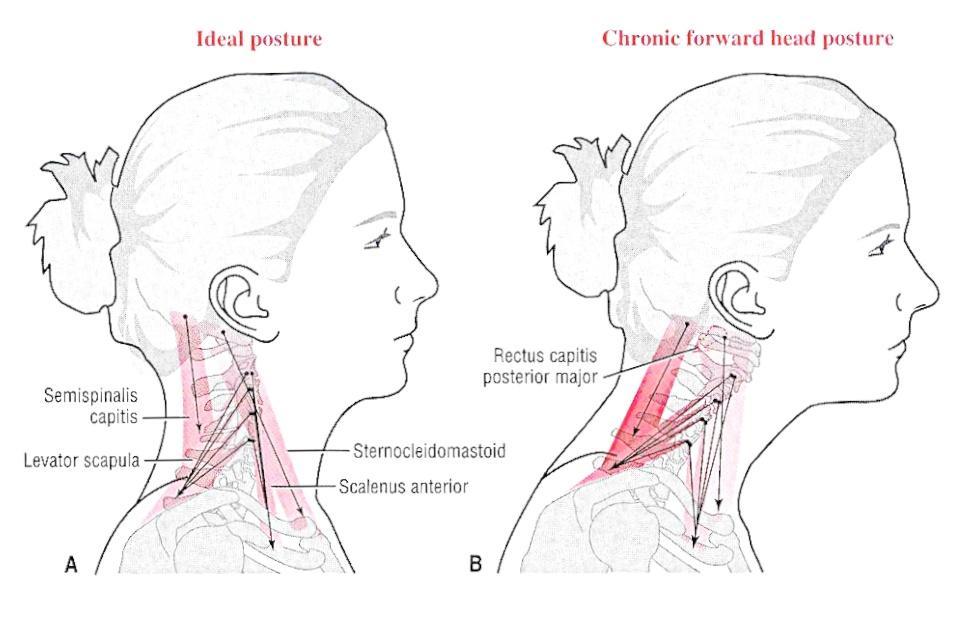Association Between Forward Head, Rounded Shoulders, and Increased Thoracic Kyphosis
Association Between Forward Head, Rounded Shoulders, and Increased Thoracic Kyphosis: A Review of the Literature
SOURCE: J Chiropractic Medicine 2017 (Sep); 16 (3): 220–229
Deepika Singla, MPT Sports, BPT and Zubia Veqar, PhD, MPT Ortho, BPT
Centre for Physiotherapy and Rehabilitation Sciences,
Jamia Millia Islamia,
Jamia Nagar, Okhla, Delhi, India
OBJECTIVE: The purpose of this review was to explore the association between forward head posture, rounded shoulders, and increased thoracic kyphosis.
METHODS: The PubMed, ERIC, and Cochrane databases were searched using the key words posture, head, shoulder, forward scapular posture, and thoracic kyphosis through December 2016.
RESULTS: Our initial search yielded 6,840 research studies, 6,769 of which were excluded because they either were duplicates or did not satisfy the inclusion criteria. After the abstracts of the remaining studies were read, 15 were assessed for eligibility, and only 4 papers were included in the present review. Cervical lordosis values were found to be significantly associated with thoracic kyphosis values. Also, there were significant correlations between rounded shoulders and increased thoracic kyphosis.
There are more articles like this @ our:


